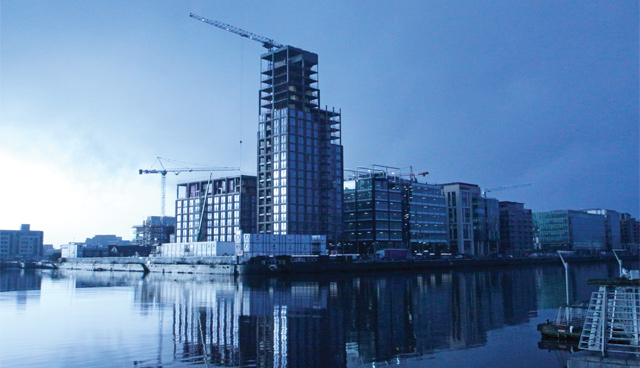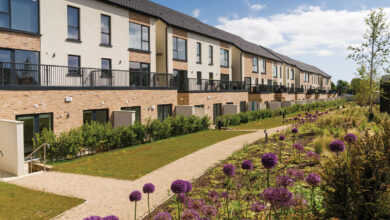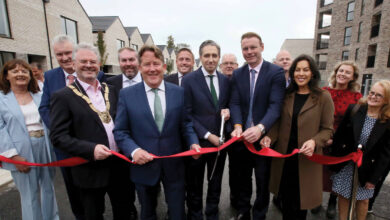Covid-19 and construction

Despite an estimated stoppage of €17.9 billion worth of project works by the end of March 2020, Covid-19’s impact on the construction sector does not look to have had the black or white, good or bad type of effect it has had on other industries.
At the end of March 2020, just weeks after the Covid-19 lockdown had become widespread across society, closing construction sites all around the country, a Construction Information Services report found 1,137 active sites with a combined value of €17.9 billion had paused activity. Such news may have been expected to spell doom for a construction sector that is still relatively fragile as it continues its long recovery from the 2008 economic crash, but not all news has been bad news for the construction industry in the post-outbreak world.
The pandemic has been cited as the major cause of a slowdown in the growth in the cost of building commercial properties. The Society of Chartered Surveyors Ireland’s (SCSI) Tender Price Index found that the national average inflation rate had fallen to just 0.9 per cent in the first half of 2020, down significantly from 2.8 per cent in the second half of 2019. This slowdown almost halved the annual rate of inflation, from 7 per cent to 3.8 per cent. Inflation rates stood between 0.8 per cent and 0.9 per cent in Dublin, Connacht/Ulster and Munster, but were higher in Leinster (outside Dublin), with a rate of 1.4 per cent.
The survey was conducted in July and is based on a combination of member sentiment and tender returns. SCSI President Micheál Mahon reasoned that the pandemic has had a “sharp and immediate impact on the level of tendering activity and, in turn, tendering rates as many construction firms focus attention on securing projects in 2021”.
Writing in the Irish Times, Mahon noted the prediction of the Banking and Payment Federation Ireland that house completions would fall by 14 per cent in 2020 due to Covid-19 and called on the Government to “take advantage of the softening in the construction costs and commence a large-scale building programme via local authorities”. Should the prediction of the Banking and Payment Federation be correct, just 18,000 homes will be delivered in Ireland, just above half of the minimum 30,000 per year the Central Bank of Ireland estimates to be necessary to meet demand.
While the fall in construction costs is an undoubted positive, the construction industry has been serving mixed signals in the overall sense, pointing to a likely period of uncertainty ahead. In September, the Ulster Bank Construction Purchasing Managers’ Index (PMI) posted 44.0 for the month of August, down from 53.2 in July and below the 50.0 no change mark for the first time in three months, signifying a fall in activity for the first time in that span. Despite the reduction, the pace of the decline was softer than that seen in the worst days of the Covid downturn, when the PMI neared zero.
Speaking after the release of the PMI, Simon Barry, Ulster Bank’s chief economist in the Republic of Ireland, said: “High levels of market uncertainty linked to the effects of the pandemic and some recent signs of a cooling in the wider economy’s recovery momentum weighed on the August results, including in relation to sentiment about the sector’s future prospects. Nonetheless, respondents continued to express optimism in the year-ahead outlook, reflecting expectations that, despite some risks and headwinds, the economy’s recovery will stay on track.”





